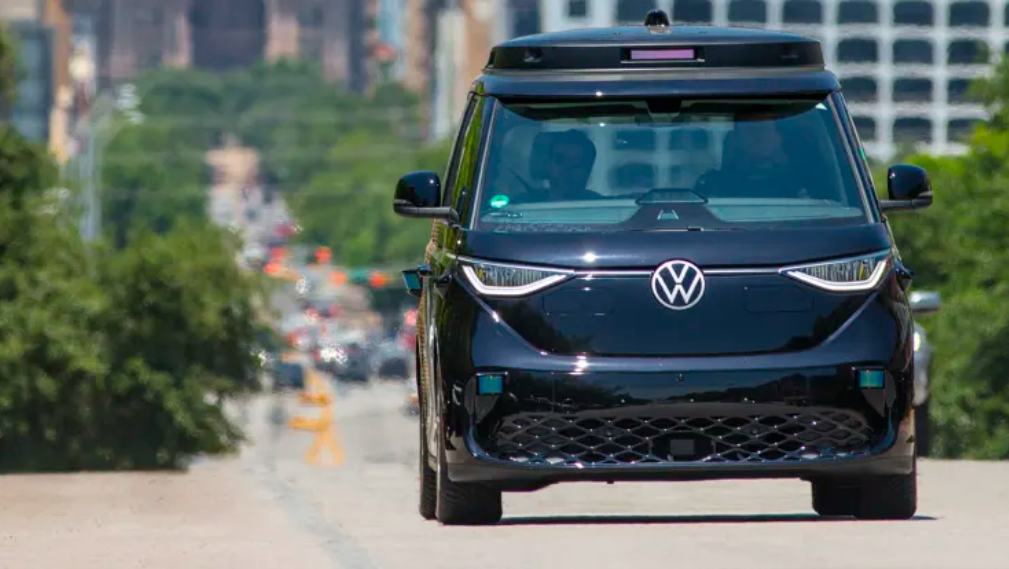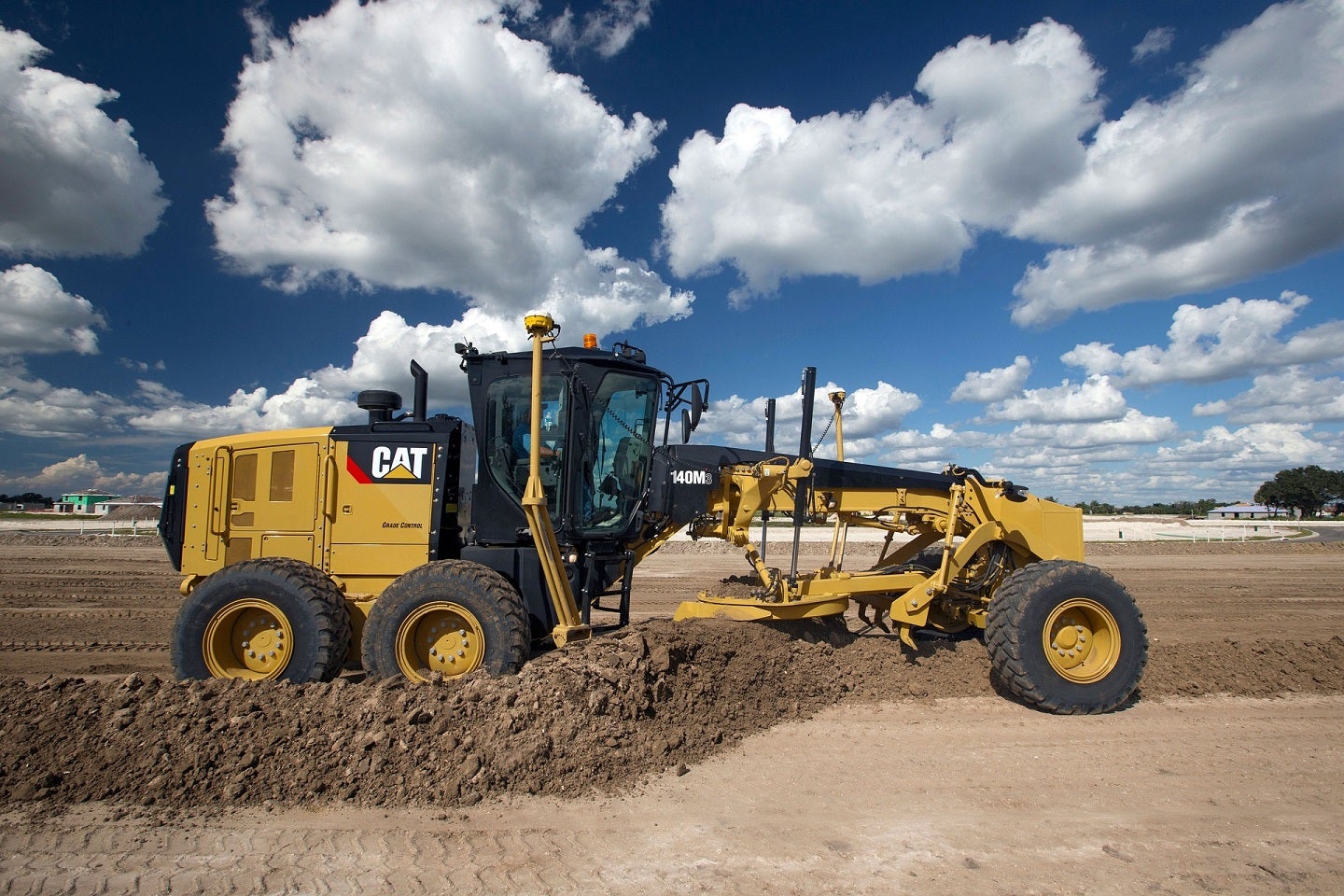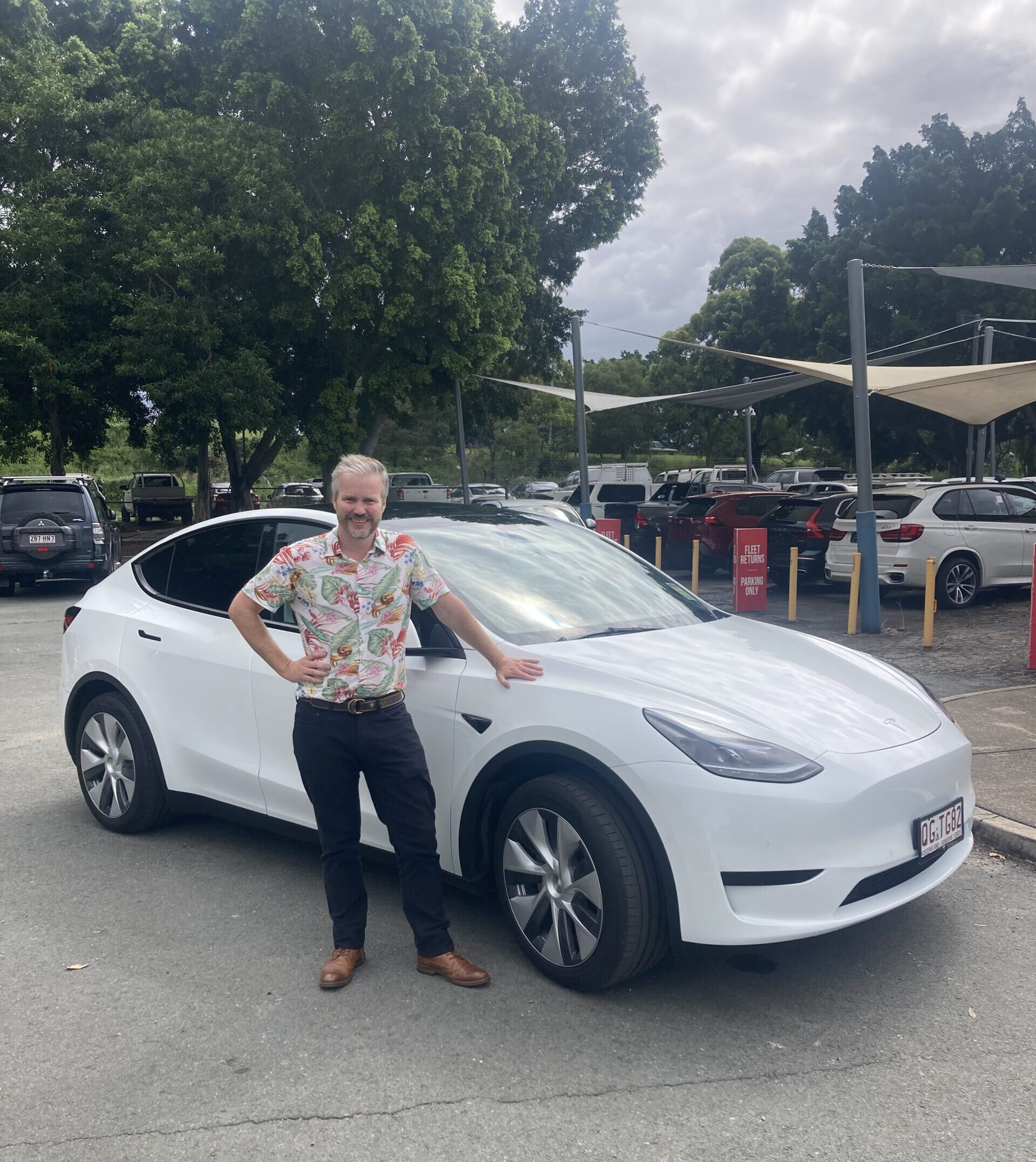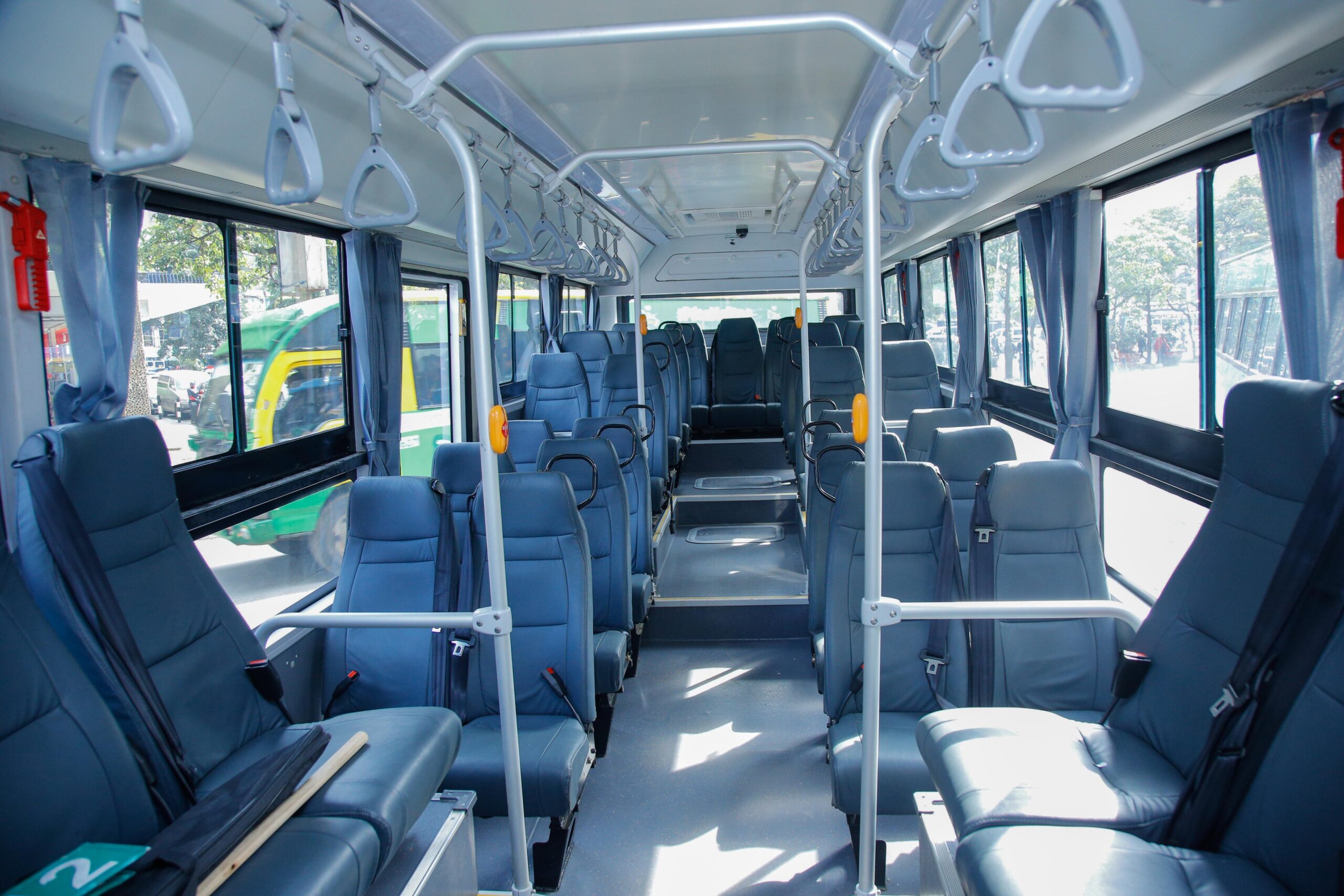
If you are out and about in Austin, Texas, later this year, you may see a Volkswagen ID. Buzz drive by with a large VW logo on the front doors and the words “Self Driving Vehicle” on its flanks. It will also have a bulge on the roof, but not one as large and unsightly as the array of electronic sensors Waym0 puts on the top of its self-driving Jaguar I-Pace robotaxis.
The company announced this week that it will deploy about 10 of its ID. Buzz electric vans equipped with autonomous driving systems developed with Mobileye by the end of 2023. The first two of those vans are already in the U.S. and will begin testing before the end of July, according to CNBC. In the executive dining room here at CleanTechnica, the general consensus is the van featured in the photo supplied by Volkswagen shows a short-wheelbase version of the ID. Buzz, but we have no official confirmation of that.
The Self-Driving Volkswagen ID. Buzz
The self-driving ID. Buzz vans are equipped with lidar, radar, and camera systems. The vehicles are “geofenced,” meaning they will operate only in specific areas of the city that have been carefully mapped, Volkswagen said. For now, all of its self-driving vehicles will have human safety drivers onboard while testing.
“We selected Austin as the first U.S. hub, as the city has a track record for embracing innovation and offers a conducive climate for the testing of autonomous vehicles,” said Katrin Lohmann, the executive leading Volkswagen’s self-driving efforts in the U.S. She added that the company expects to expand its Austin fleet and add testing operations in at least four more U.S. cities over the next three years.
Volkswagen Moves On From Argo.AI

Courtesy of Volkswagen
Volkswagen and Ford were both backers of Argo.AI, a self-driving startup that was attempting to develop Level 4 autonomous driving technology to keep up with Tesla’s Full Self Driving technology and GM’s Cruise division. Things were going along swimmingly, with robotaxi services starting up on several cities, when BOOM! Suddenly, Volkswagen and Ford pulled the plug and shut everything down. Some Argo.AI people found work at Ford and some at Volkswagen. Others were given a severance package and shown the door.
Ford CEO Jim Farley tweeted, “This is a mission at @Ford to change travel for the many rather than the few. Yes, there is potential for attractive revenue streams tied to L3. But at the end of the day, it’s about giving millions of people time back & lesson the monotony of highway miles & stop-and-go traffic.”
In a press release, he added, “We’re asking ‘What’s best for customers?’ in everything we do. Winning for customers is driving a re-founding of the company through Ford+, with high ambitions for quality, innovation, profitability and growth across all our businesses — making smart choices about how we deploy capital even as we learn and adapt.”
My colleague Jennifer Sensiba sussed out the hidden meaning behind Farley’s statements when she said Ford came to the conclusion that profitable Level 4 advanced driver assistance systems won’t be available on a large scale as soon as originally anticipated. Ford also found that development and customer enthusiasm for Level 2+ and Level 3 ADAS mean the company needs to focus on those areas. Put more simply, Ford didn’t see Argo panning out anytime soon, so it pulled the plug, wrote off a big loss, and is going to take what it can from that loss to aim at better non-robotaxi tech.
For its part, Volkswagen said in a press release that instead of investing further in Argo.AI, it plans to work with its Cariad software division. “In individual mobility, Cariad is continuing to drive forward the development of highly automated and autonomous driving together with Bosch and, in the future, in China with Horizon Robotics,” the company said.
The ID. Buzz & Mobileye
Most readers know that there has been a huge shakeup at Cariad, one which saw the entire senior management team, except the head of human resources, tossed overboard. Now we find that Mobileye is involved in the self driving ID. Buzz program. Mobileye was the original supplier to Tesla for its Autopilot technology before Tesla went its own way. Mobileye went on to be acquired by Intel.
Volkswagen, through it MOIA division, has been trialing self-driving taxis in Germany based on a customized passenger vehicle built on the ubiquitous MEB electric car chassis. That van was designed from the ground up to transport passengers. Transitioning to the ID. Buzz may indicate the company is focusing more on moving things rather than people with this latest self-driving experiment.
CNBC says Volkswagen isn’t planning a ride-hailing or ride-sharing service of its own in the U.S. — at least not now. Instead, it plans to offer autonomous ID. Buzz vans and fleet management capabilities to other businesses offering such services or delivery services. It says it has no interest in importing the MOIA mobility service to the U.S.
According to Ars Technica, Christian Senger, a Volkswagen board member responsible for commercial vehicles, said this week, “Expanding our autonomous vehicle program to the North American Region is the next step in our global strategic road map and the result of a long term collaborative investment. Moving into this next phase will help us test, validate, and refine technology; bring us closer to establishing commercially available transportation offerings; and eventually grow the diverse mobility portfolio for the Volkswagen Group.”
The Takeaway
Volkswagen has taken a lot of heat lately for its inability to get the software side of its transition to electric cars right. Making a few self-driving ID. Buzz vans does not mean it has solved those software issues, but it does suggest it is making progress, with the help of collaborators like Mobileye. It will be interesting to see what the reaction is from people in Austin and whether Volkswagen actually extends this experiment to other cities.
I don’t like paywalls. You don’t like paywalls. Who likes paywalls? Here at CleanTechnica, we implemented a limited paywall for a while, but it always felt wrong — and it was always tough to decide what we should put behind there. In theory, your most exclusive and best content goes behind a paywall. But then fewer people read it! We just don’t like paywalls, and so we’ve decided to ditch ours. Unfortunately, the media business is still a tough, cut-throat business with tiny margins. It’s a never-ending Olympic challenge to stay above water or even perhaps — gasp — grow. So …




